The history of veterinary medicine in Hungary began on 14 September 1782. Emperor Joseph II decided that veterinary training should be started in Pest. If one were to think that "Hatted King” [a name for the Emperor in Hungary as he was never crowned King of Hungary as other Habsburg rulers were – transl.] decided so out of love for animals, they would probably be seriously mistaken.
Veterinary training was necessary because there was a great demand in Europe for Hungarian farm animals, primarily horses and cattle. In addition, the army of the Habsburg Empire was supplied with meat and horses from Hungary. Education began in 1787: 25 years after the founding of the world's first veterinary school, the first veterinary medicine department was established at the Faculty of Medicine of the University of Pest.
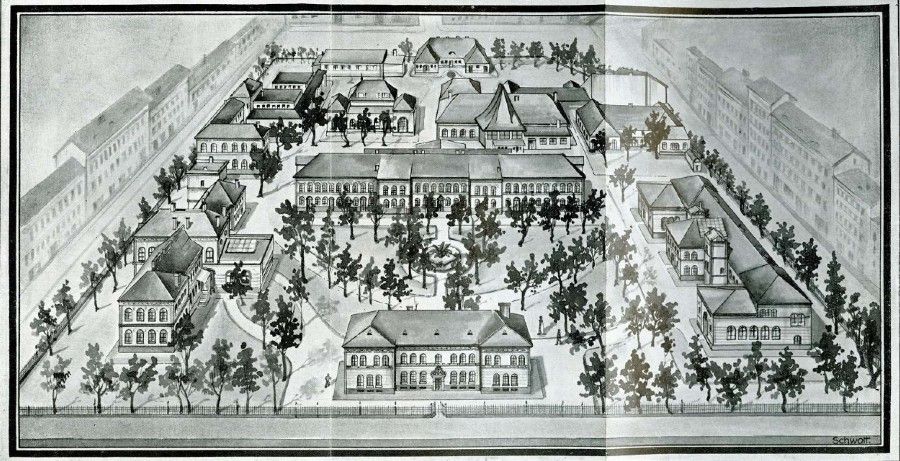
Graphic from the College of Veterinary Medicine in 1934. Created by Schwott. (Source: FSZEK Budapest Collection)
The institution developed continuously and, in 1851, separated from the Medical Faculty as the Royal Veterinary Institute. Its name was soon changed to Royal Hungarian Veterinary Academy, and in 1899 to Royal Hungarian Veterinary College. It was then that it was given the right to issue doctorates in veterinary medicine.
It lost its independence in 1934 when it continued to work as the veterinary department of the Faculty of Agriculture of the József Nádor University of Technology and Economics, and from 1945 it became a faculty of the Hungarian University of Agricultural Sciences. It regained its college status in 1952, and from 1962 it became the University of Veterinary Medicine.
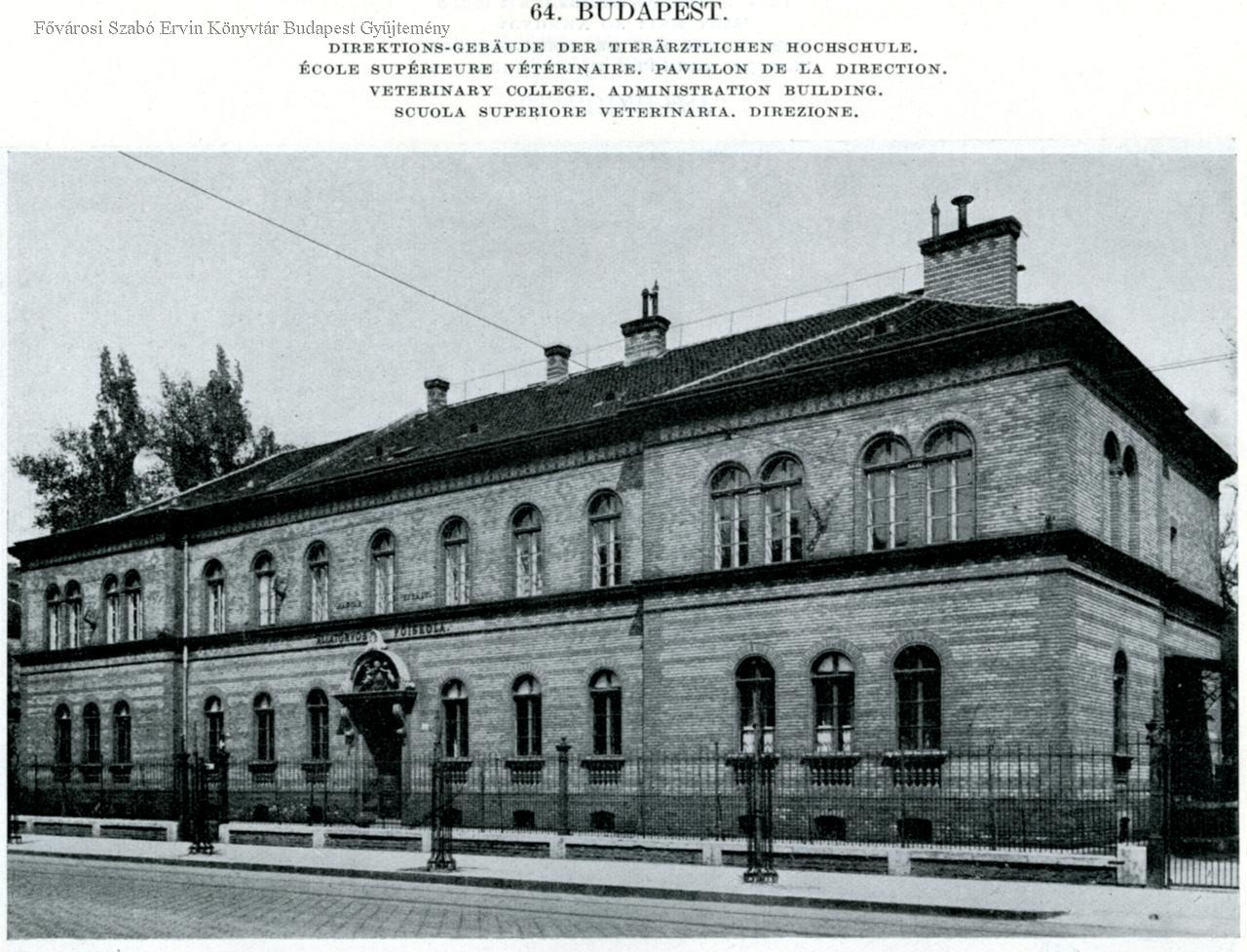
The Royal Hungarian Veterinary Institute in 1931 (Source: FSZEK Budapest Collection)
The Royal Hungarian Veterinary Academy moved into its own building 140 years ago, in 1881. Located between today's Rottenbiller and Bethlen Streets, the building complex in Erzsébetváros was designed by Imre Steindl in the Neo-Renaissance style. The school buildings of the time were typically built of red brick. The parts under the eaves were decorated with Zsolnay ceramic strips.
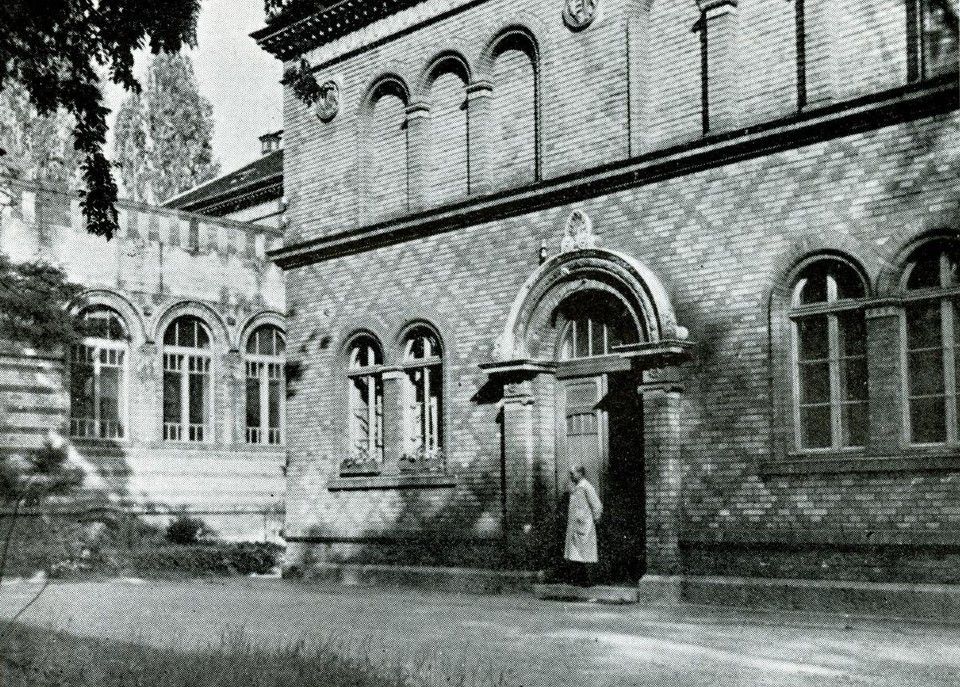
The Institute of Physiology (Source: FSZEK Budapest Collection)
The old central building (now the Central Library building) originally housed the Great Hall and the Rector’s private suite. Miksa Róth made the three glass windows next to the stairs leading upstairs. The decoration of the windows is simple, with a blue cross at the top of the two larger windows, symbolizing the veterinary profession.
When opened, the seven-building institute provided an impressive sight in the richly wooded English garden. The 37 columns of the fence bordering the park were decorated with cast animal heads. There are also many sculptures in the garden, including the life-size bronze statues of the nine Hungarian native dog breeds (created by sculptor Benő Gábor Pogány).
At the main entrance stands the life-size statue of the famous grey cattle, Csatlós (created by the sculptor Béla Domonkos), which is today one of the university's symbols. In his life, the famous bull gained huge recognition for its owner, winning many exhibitions. Veterinary students believe that anyone who wants to graduate from university should not try to sit on Csatlós's back.
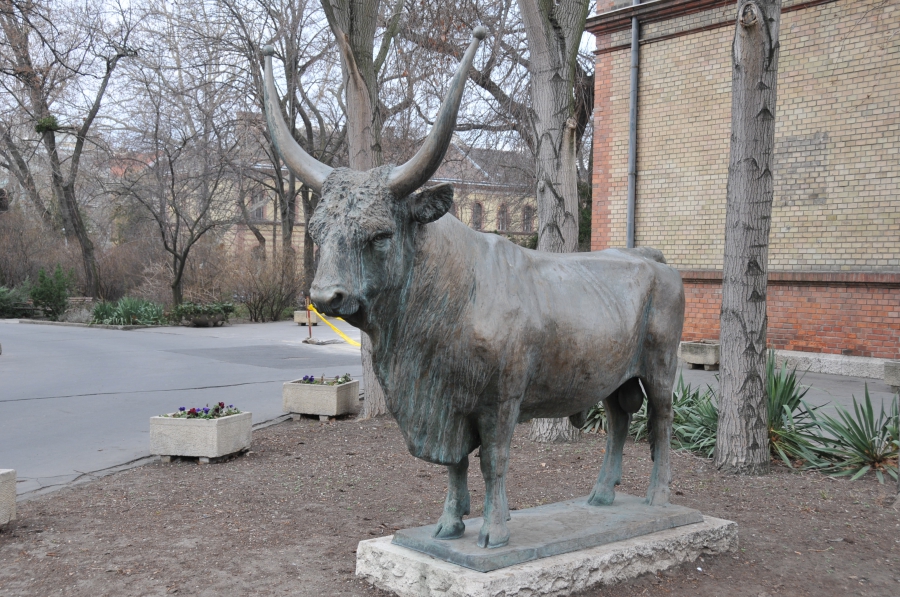
Symbol of the university: Csatlós, bronze statue of the award-winning grey cattle (Source: University of Veterinary Medicine)
The University of Veterinary Medicine is one of the oldest veterinary training institutions in Europe. Its reputation was enhanced by events at the end of the 19th century when Hungarian veterinarians eradicated the so-called eastern cattle pest, which caused huge economic losses. In the first half of the 20th century, a textbook compiled by veterinarians József Marek (1868–1952) and Ferenc Hutÿra (1860–1934) became the cornerstone of veterinary studies all over the world.
Cover photo: The buildings of the Royal Hungarian Veterinary Institute (now the University of Veterinary Medicine). The photo was taken after 1890. (Source: Fortepan / Budapest Capital Archives. Archival reference: HU.BFL.XV.19.d.1.07.184)

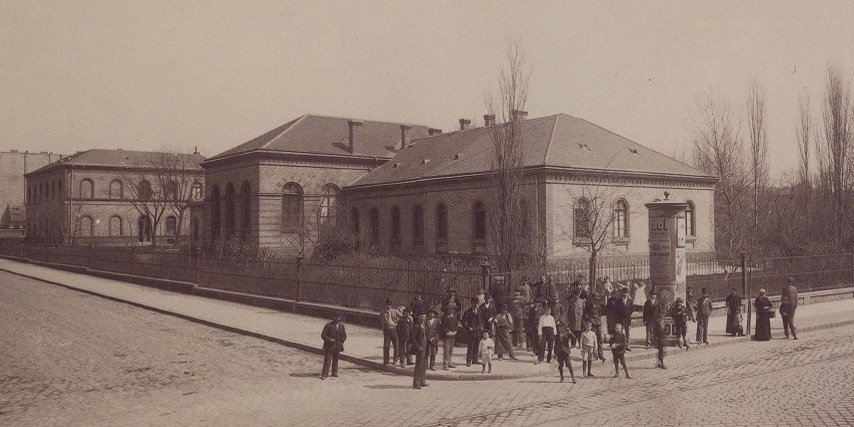


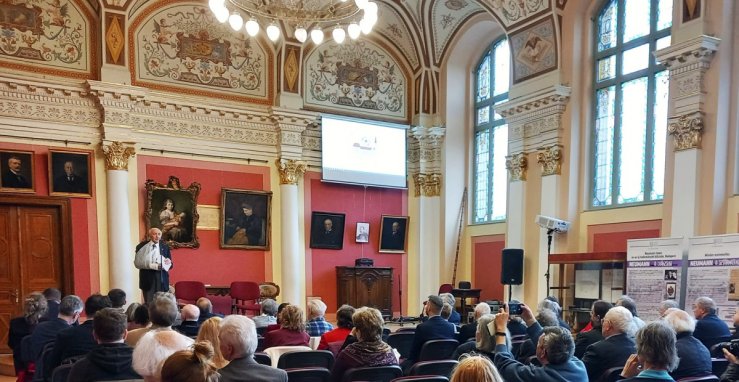



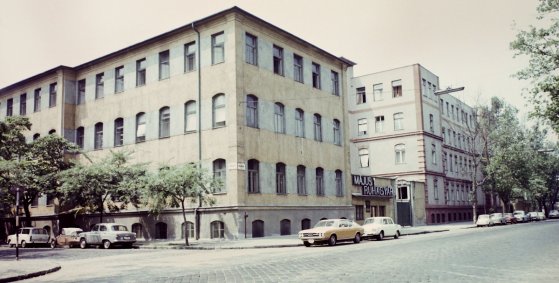
Hozzászólások
Log in or register to comment!
Login Registration